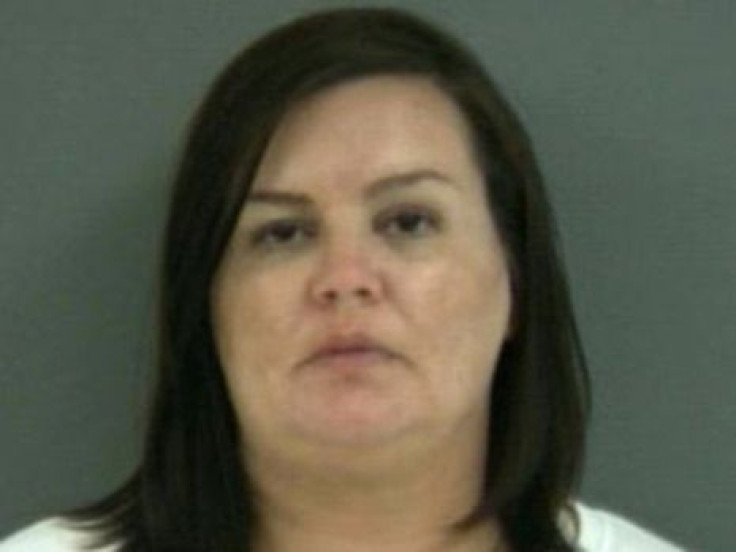Trial Begins For TX Nurse Charged With Killing Patients With Bleach

Jury selection began on Monday for the nurse accused of murder by injecting bleach into her patient’s dialysis tubes at the DaVita Lufkin Dialysis Center.
Kimberly Clark Saenz, 38, a former Lufkin nurse is charged with capital murder of five patients and aggravated assault for five other severely injured patients, a year after a top Lutfkin fire official had wrote an anonymous letter, in 2008, pleading inspectors from the state health department to look into an East Texas dialysis clinic after an alarming number of emergency calls.
“In the last two weeks, we have transported 16 patients,” the April 2008 letter said. “This seems a little abnormal and disturbing to my med crews. Could these calls be investigated by you?”
Emergency paramedics had been called about 30 times in April 2008, with four deaths, seven cardiac problems and 19 runs, but there had been only two calls during the previous 15 months, according to the Texas Department of Health Services, AP reported.
Saenz, who had already worked at the clinic for eight months as a licensed entry-level vocational nurse, had reportedly been seen injecting sodium hypochlorite, commonly known as bleach, into the dialysis tubing used by patients Marva Rhone and Carolyn Risinger, by two other patients when inspectors had been present on April 28, 2008, according to AP.
Fearing for the lives of the patients, Saenz was immediately sent home and fired the next day.
If Saenz, a mother of two, is convicted, prosecutors have said that they will seek the death penalty, but the jury can also choose life without parole as punishment.
Saenz, who has no previous felony record, has pleaded innocence and has been free on bail.
Her lawyers said that she had no motive.
"Kimberly Saenz is a good nurse, a compassionate, a caring individual who assisted her patients and was well liked," one of her lawyers, T. Ryan Deaton said in a recent court motion, according to AP.
Bleach had been used in carious concentrations to clean blood from surfaces and chairs used by patients and internal parts of machinery, and chemical reactive agents had been used to confirm bleach residue had been removed and that they cleaned areas had been safe, according to clinic policy AP reported.
Deaton had argued that Saenz is being made a scapegoat for mistakes and policy violations at the clinic, and AP reported that investigators from the Texas health department had found many "adverse occurrences" such as incomplete and undated log entries that were required to document the disinfecting procedures.
The U.S. Centers for Disease Control had confirmed that there had been bleach injected into their bloodstream after testing samples, according to KLTV.
KLTV reported that a jury of 12 with three alternates, consisting of five males and 10 females, had been sworn in.



























